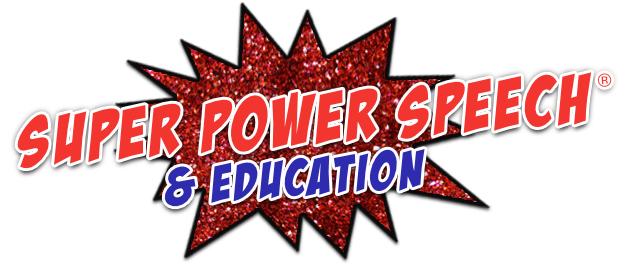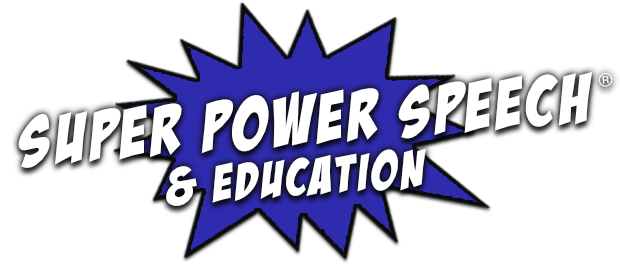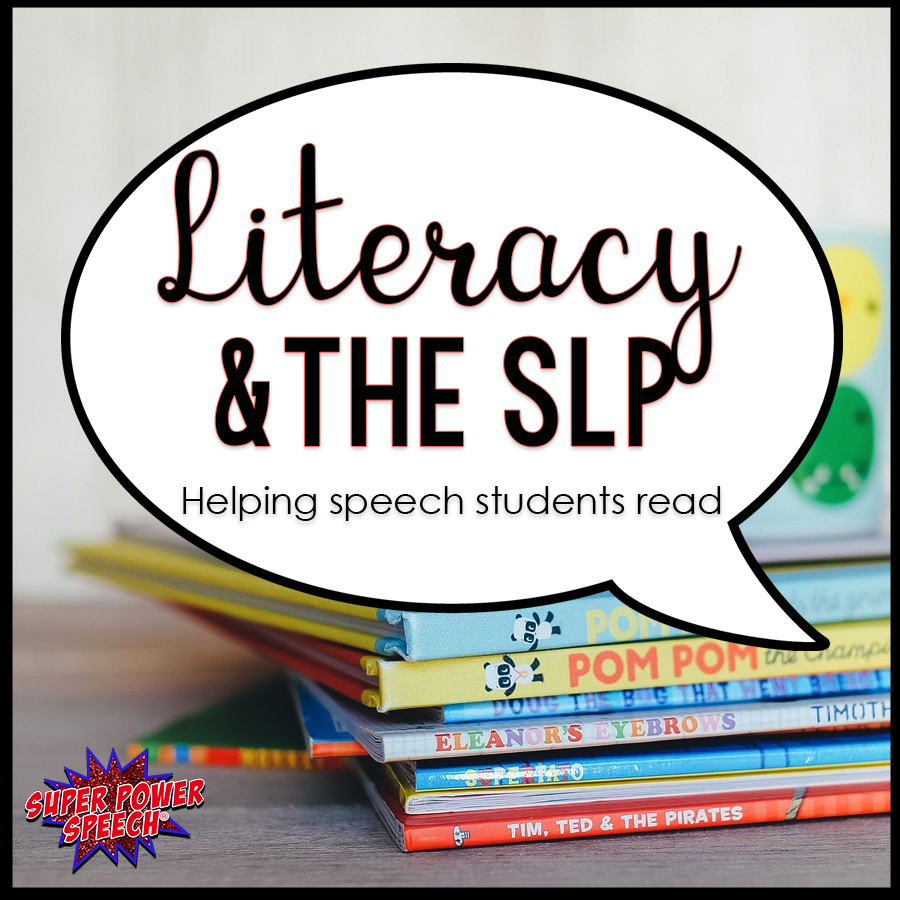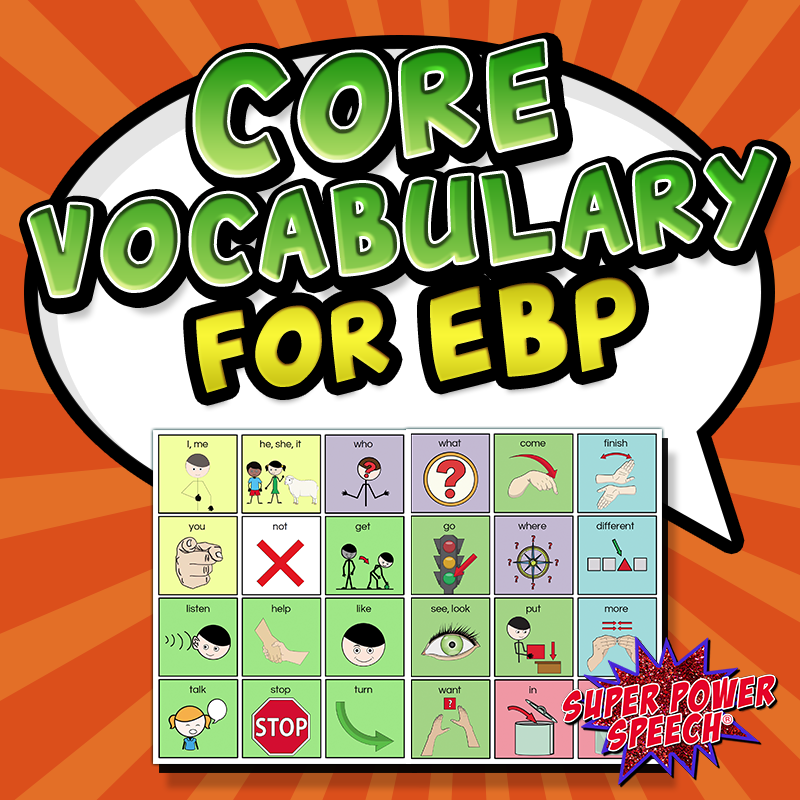Teaching Children Sign Language: Preschoolers
This is the third post in a series on “Teaching Children Sign Language” about how I have taught my own children and students some sign. To read the first post, go here.
(Disclaimer: This post contains Amazon affiliate links.)
Preschoolers are a age of exploration and learning. They pick up vocabulary like little language machines and are getting more and more agile with their hands. Preschool is a GREAT age to learn sign language!
Tips for teaching preschoolers sign (please note that although most of these tips mirror the ones in my infant and toddlers post, I have tried to be more specific for this age group):
1. Learn some signs.
Before you can teach your preschooler, parents and teachers need to learn some signs! Here are some sources:
2. Choose vocabulary that is meaningful.
Preschoolers know what they like and don’t like. Most are extremely curious about the world. Teach them vocabulary that they can use! Some great signs to teach include:
- Family members in the home: mom, dad, sister, brother, grandma, grandpa, baby
- Animals: dog, cat, fish, bird, bear, lion, horse, cow
- Toys: ball, car, airplane, train, doll, bear, book
- Foods: milk, water, cheese, apple, cereal, candy, ice cream
- Life events: diaper, toilet, bed, sleep, eat, more, finished, quiet, want
- Feelings: happy, sad, mad, sleepy, hungry
3. Demonstrate and use the sign over and over every day.
We learn language by hearing (seeing) words hundreds and even thousands of times. Then we learn to use these words by saying (signing) them! Show them to your child over and over and have your child use the signs as well!
Some great times to use the signs:
- Eating: Work on requesting, thanking, or using the names of the foods at meals.
- Playing: Play with a doll or kitchen set and practice singing “happy doll”, “baby eat”, “want more”. Race a car on a race track and have your child request “more car” or “my turn” before they can play!
- During a routine: It is a great time to practice regular vocabulary while brushing teeth, getting ready for bed, or getting dressed. Any time where you find yourself repeating the same words over and over is a great time to add signs!
4. Read and sign together.
By this age, there are many young sign language picture dictionaries that you can read together. Work on saying and signing the words that you see in the books. Add some literacy development to the task by looking at initial letters and practicing saying the sounds that those letters make.
Some sign language groups appropriate for this age range include (click on each picture to see them on Amazon):
5. Do screens together.
Don’t hate me for this advice, because you know that all moms and dads and caregivers need a break! And I’m not opposed to occasional screens, especially if I think my kids are learning. There are some AMAZING videos out there that teach verbal and sign vocabulary. My son (almost literally) sucked signs up after watching them on his favorite Signing Times videos!
6. Sing together.
Kids love to sing (and its really good for adults too)! Learn the signs to some popular kids songs and sing them together, or sign along with the Signing Times videos!
7. Be patient.
Your child may pick up signing like a pro. Your child may not. It’s okay either way. You are helping your child’s brain to develop and that’s great no matter what!
Check out the rest of the series here:












